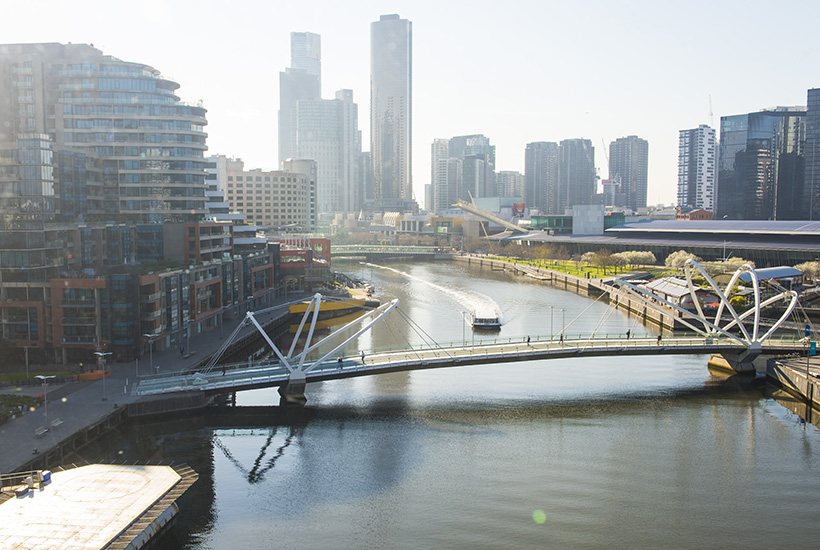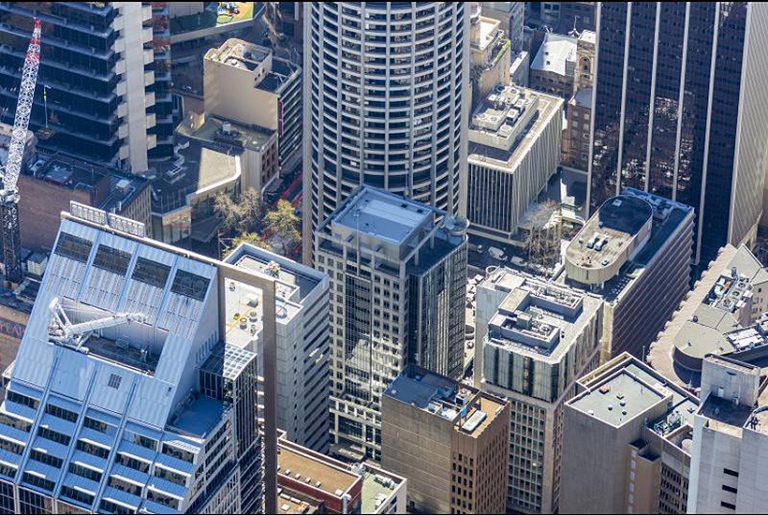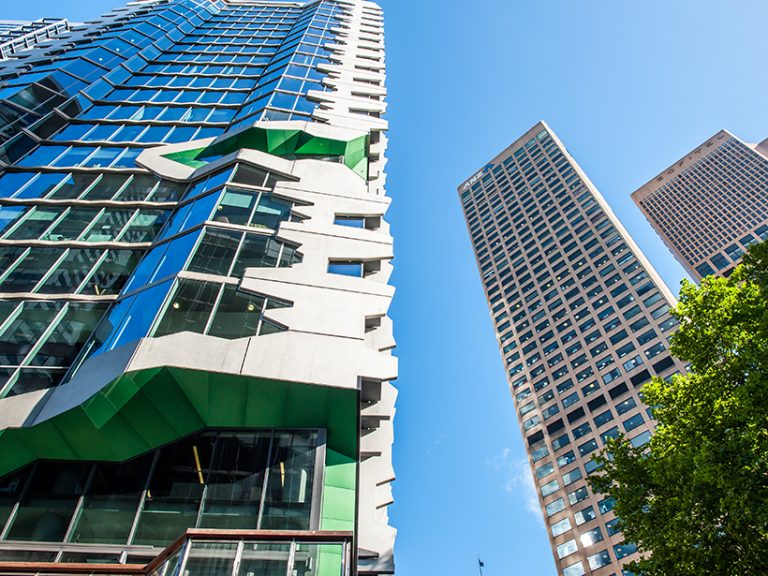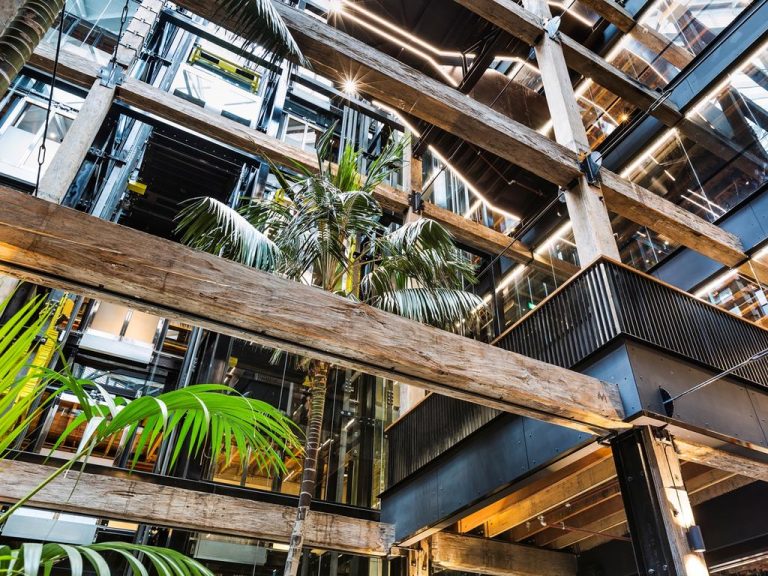Sydney, Melbourne office rents set to climb: report

Rents for office space in Sydney and Melbourne will continue to rise in 2018, as a result of the “tightest vacancy rates in the world”.
Research by professional services firm JLL shows 2017 ended on a strong note for office markets around the country with an overall increase in occupied space of 187,100sqm.
As a result, the national vacancy rate shrank 1.5% to 10.4% over the course of the year.
Commercial Insights: Subscribe to receive the latest news and updates
Melbourne recorded the strongest results for the take up of office space, as the vacancy rate sank to 6.4% — its lowest level since 2012.
Vacancy rates in Sydney and Melbourne are tighter than any market you’d see in the US, and typically a lot tighter than European markets
JLL Head of Office Leasing Australia, Tim O’Connor says the education sector is leading the charge in Melbourne.
“The public sector is also in expansion mode, technology related firms are increasing headcount while centralisation activity continues to support net absorption figures,” O’Connor says.
Sydney’s vacancy rate compressed to 5.1% in 2017, the lowest in almost a decade.

Sydney’s CBD continues to be a hotbed of leasing activity.
Other markets around the country also experienced positive growth in net absorption, but vacancy rates remained in the double digits in Perth (21.8%), Adelaide (15.1%), Brisbane (15%) and Canberra (13.3%)
JLL Head of Research Andrew Ballantyne says the positive trend is expected to continue in office markets in 2018, as a result of strong jobs growth.
“The market fundamentals in Sydney and Melbourne are still quite strong and when you benchmark them in a global context, vacancy rates in Sydney and Melbourne are tighter than any market you’d see in the US, and typically a lot tighter than European markets,” Ballantyne says.
Technology related firms are increasing headcount while centralisation activity continues to support net absorption figures
“That will continue to attract attention from global investors.”
Rental rates in those cities were likely to grow at 7-8% in 2018, down from the 2017 highs of 12-20%, he says.
“It’s still a strong number and then you’ve got the base effect,” says Ballantyne.
“What we expect to see in Brisbane and Perth are those gradual signs of improvement that we touched on in 2017 but vacancy rates will remain above equilibrium in both those markets so we’re not going to see it stimulate rental growth.”
This article originally appeared on www.theaustralian.com.au/property.







